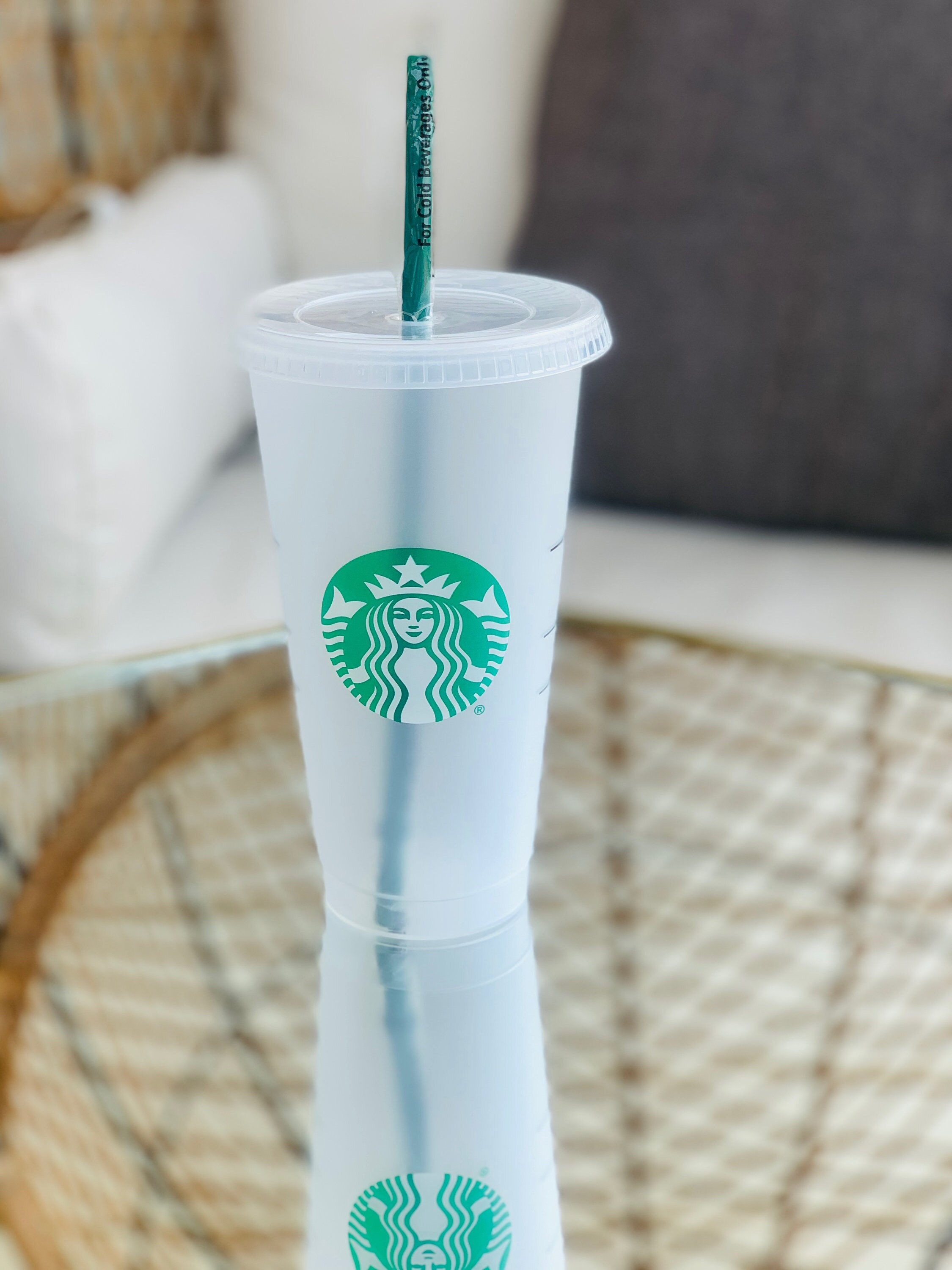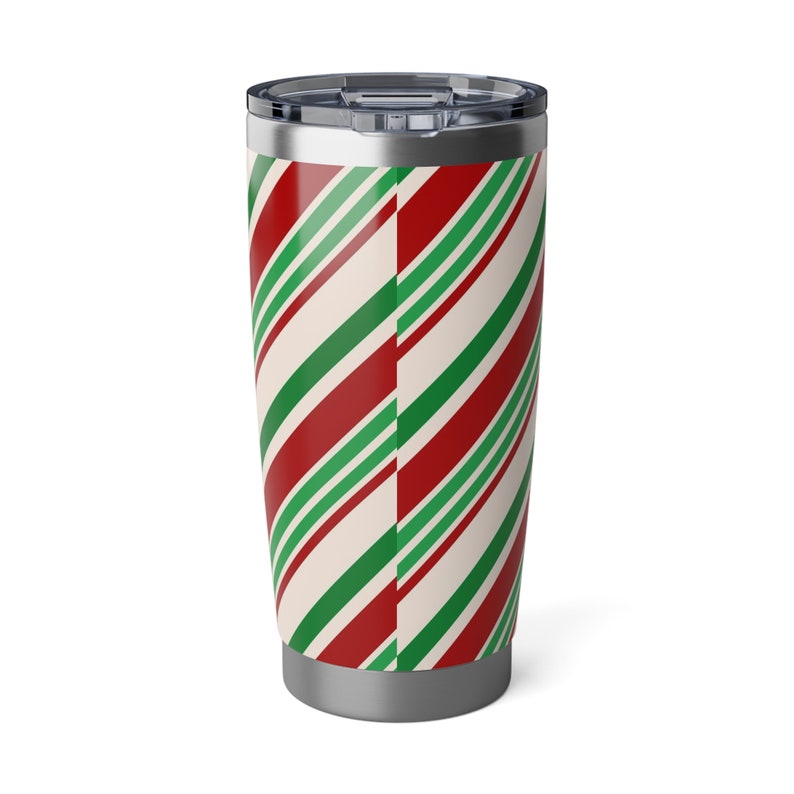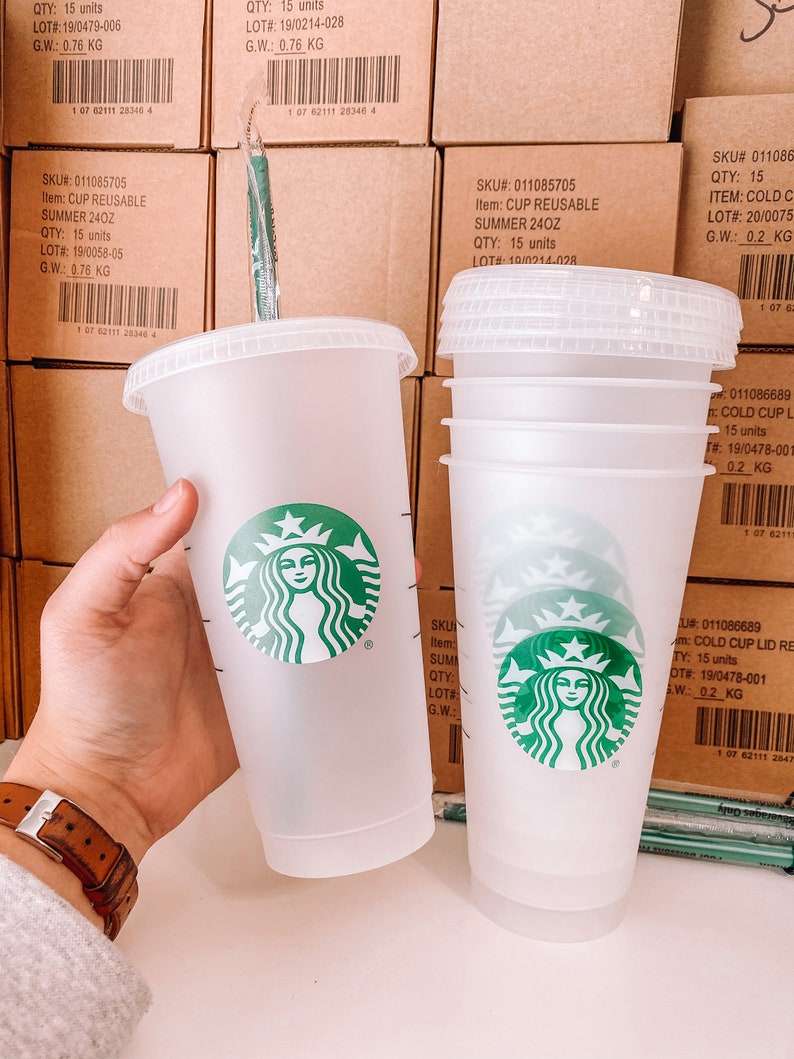

Plastics persist for decades in the ocean and break down into smaller and smaller pieces but never biodegrade.Read on for more facts about the impacts of plastic pollution. If the company doesn't live up to its goals or its responsibility as a global leader, our plastic pollution problem will only worsen. There are 15,000 Starbucks in the US and the company plans to open a new store in China every 15 hours. It is time to hold Starbucks accountable. It is nowhere near the goals it set in 2008 yet it is urging a no vote no on a shareholder-led proposal asking the company to prepare a report on efforts to develop a comprehensive approach to sustainable packaging at the 2018 shareholder meeting in March. To date Starbucks has yet to develop that recyclable cup and only 1.6% of drinks it sells are consumed in non-disposable cups or mugs. It pledged to introduce a fully recyclable cup by 2015 and to selling at least 25% of its drinks in reusable cups. A decade ago the company committed to change.

The impact of its waste on our water, oceans, and health is dramatic. Starbucks is the biggest coffee company in the world. Most Starbucks paper cups (even those accepted for recycling) end up in the trash. cities even accept Starbucks paper cups for recycling. Since these cups are lined with plastic, they are not really recyclable ─ only four U.S. 1.6 million trees are harvested every year for all of those single-use cups. Starbucks uses more than 8,000 paper cups a minute, which adds up to more than four billion a year.

The "to-go" coffee culture is a big part of this problem. Most of the straws aren’t recyclable and many of them end up in the ocean, where they can harm marine mammals and fish.
#Starbucks plastic cups full#
Each minute, the equivalent of a garbage truck full of plastic ends up in the ocean - more than eight million tons every year.By 2050, there will be more plastic in the ocean than fish.


 0 kommentar(er)
0 kommentar(er)
